When Formula 1 cars take to the track for the first time in 2026, they'll do so powered by carbon-neutral synthetic fuels, part of the sport's "net zero by 2030" plan. It's a laudable goal, but, I confess, one I've sometimes questioned. After all, most of the carbon emitted during the course of an F1 weekend comes from the same sources as any other popular sport—the teams and fans traveling to and from the event. But after speaking with Pat Symonds, Formula 1's chief technical officer, I may have been missing the forest for the trees.
"In essence, yes, you're quite right. The total carbon footprint of the sport—of scope 1, 2—is just over a quarter million tonnes of CO2 equivalent, and the cars on the circuit represent 0.7 percent of that," Symonds explained to me. "So yes, your premise is true. But we try and take a much wider view. And what I think we have in developing a sustainable fuel and putting it in our race cars is an enormous multiplier effect. The 2 billion vehicles that are out there could use this fuel, and then the 400,000 people driving to [the US Grand Prix] isn't a problem," he said.
Formula 1 has changed quite a bit in the years since Liberty Media bought it at the end of 2016 with bigger ideas than simply sucking revenue out. Instead of pretending the Internet never happened, you can now watch races via F1's own streaming service, a service that has markedly improved over the past couple of years. In the US, a move to ESPN saw the sport go commercial-free during the actual races. And, of course, there's the whole Drive to Survive phenomena, which has boosted audiences worldwide—but particularly in North America, which next year will host grands prix in Austin, Texas; Miami; and Las Vegas.
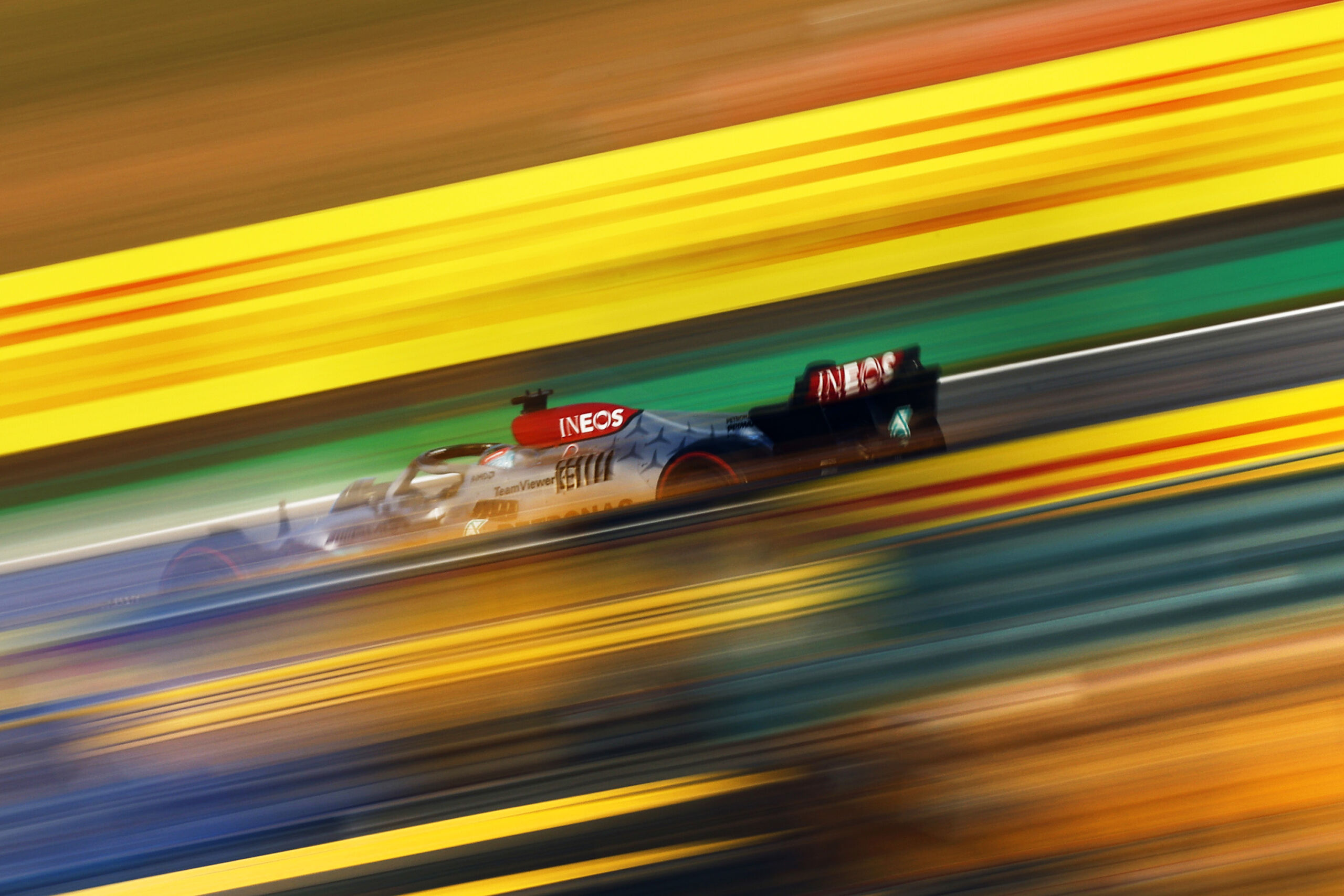
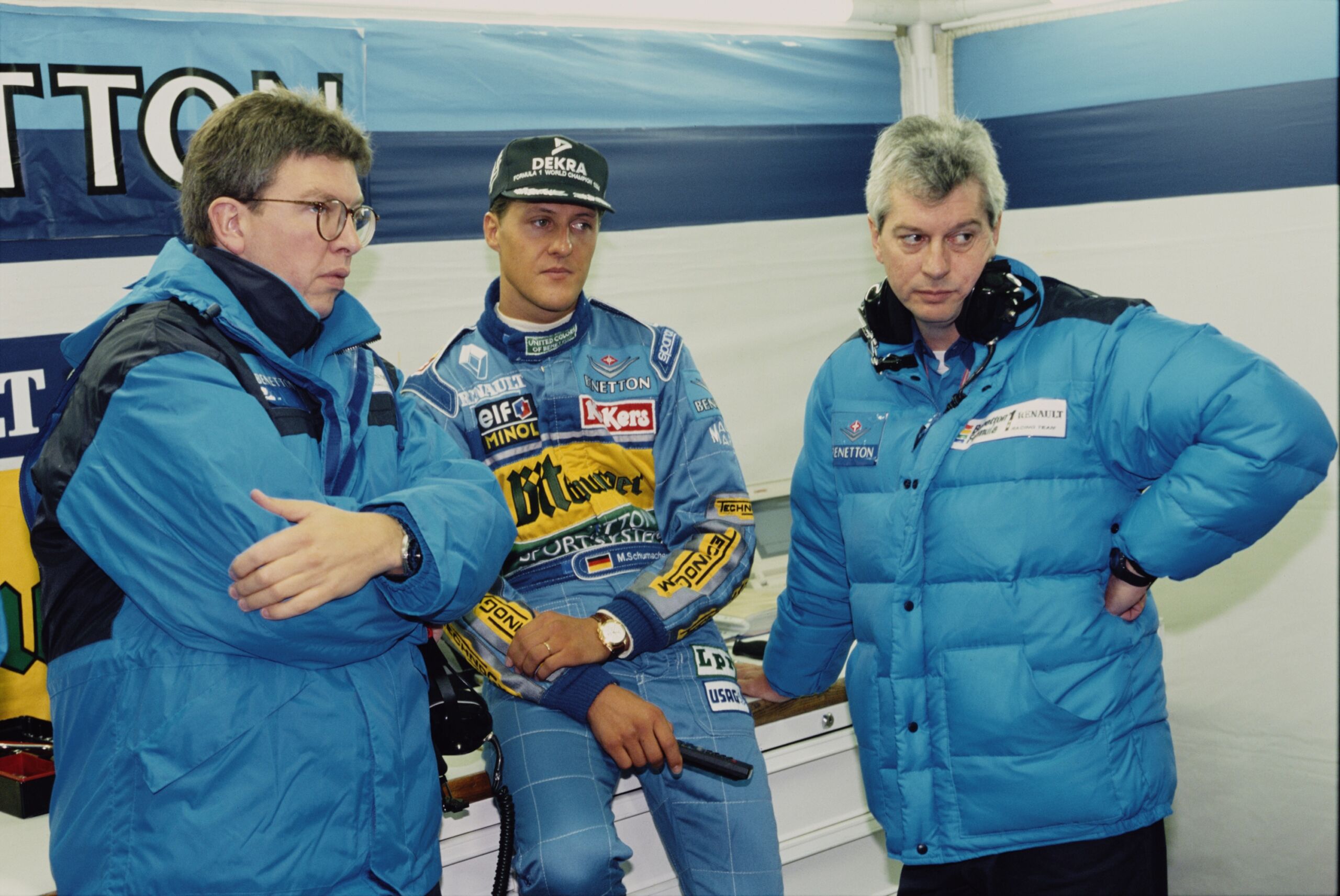
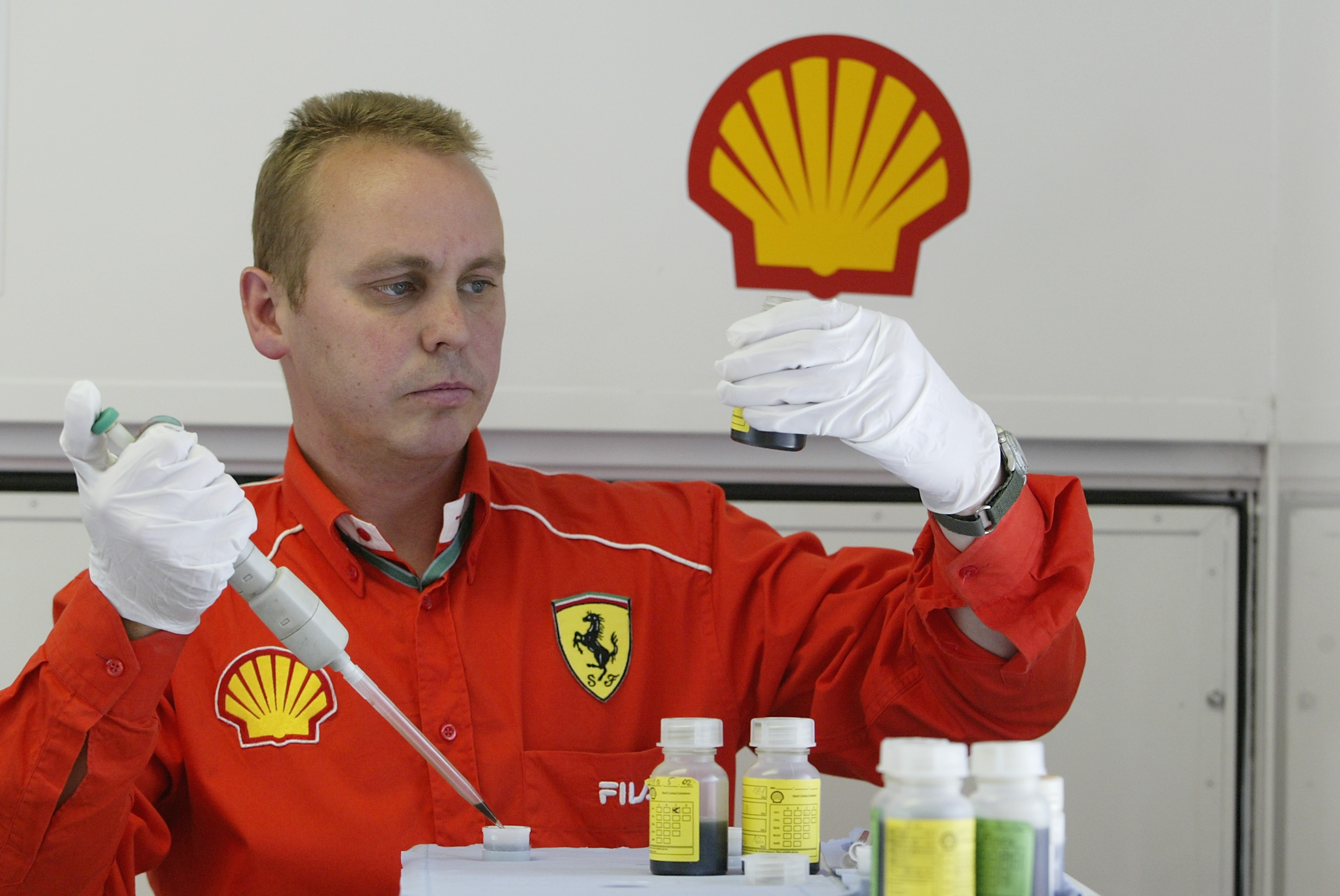
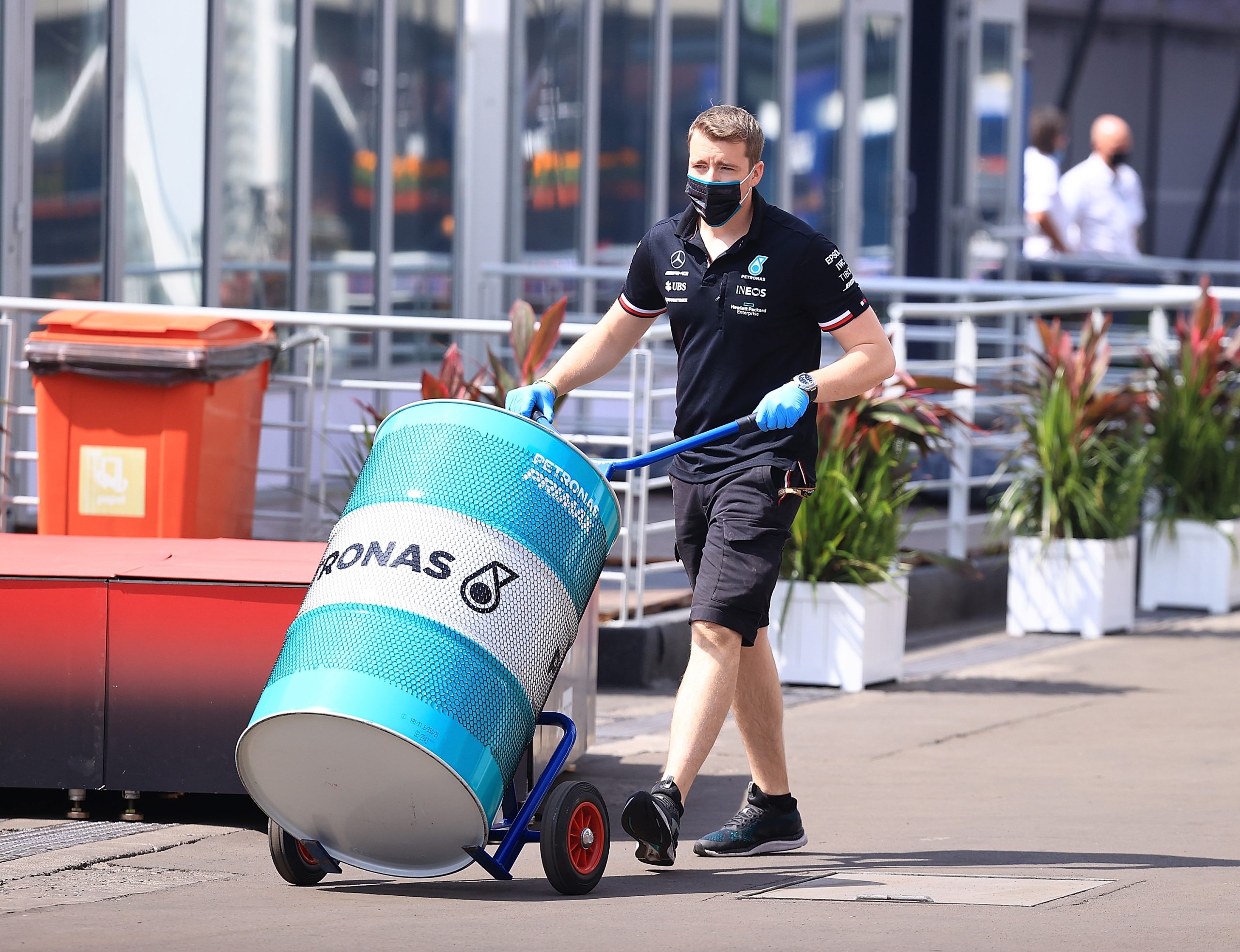
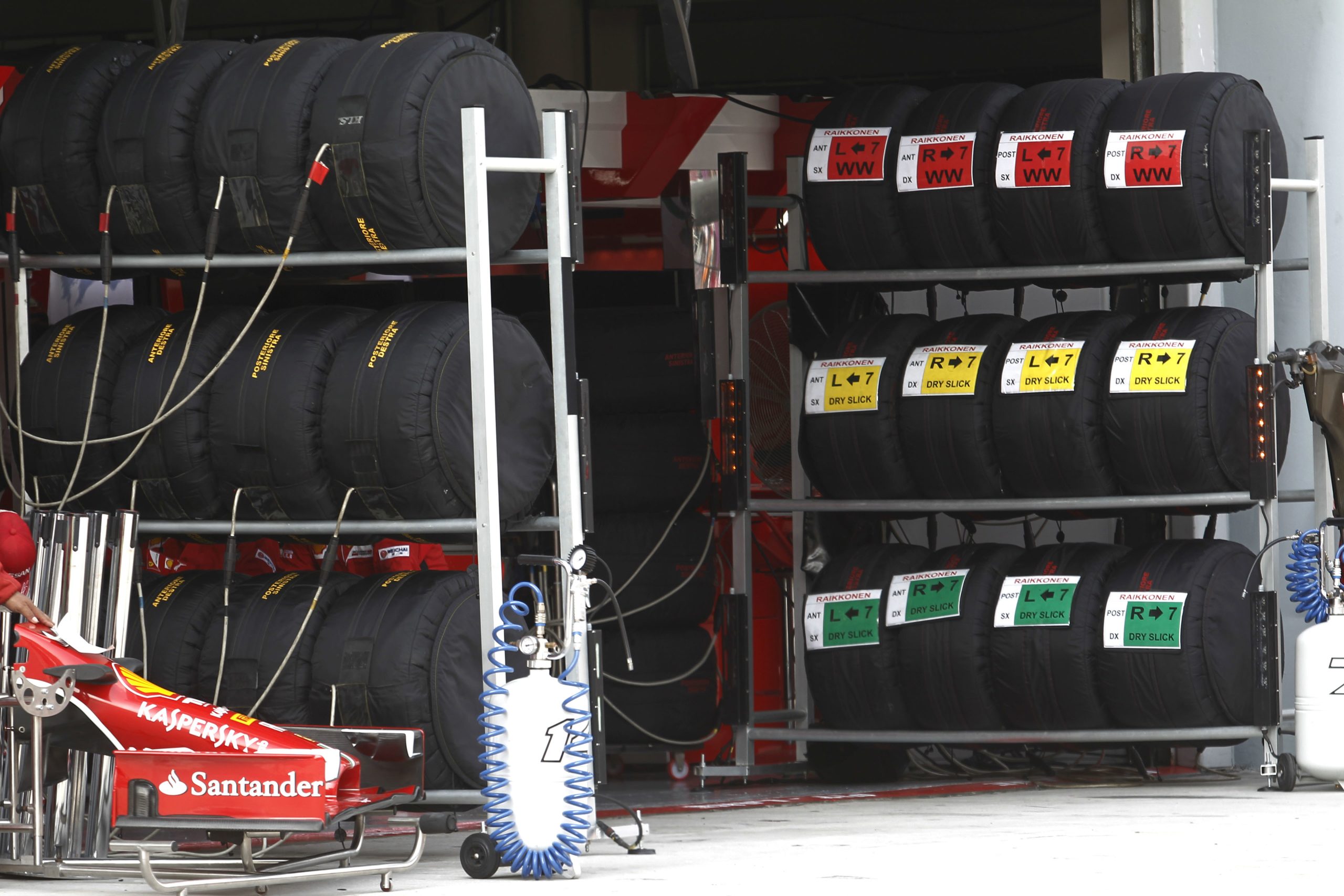
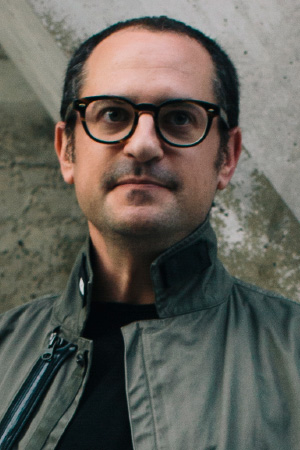
 Loading comments...
Loading comments...
